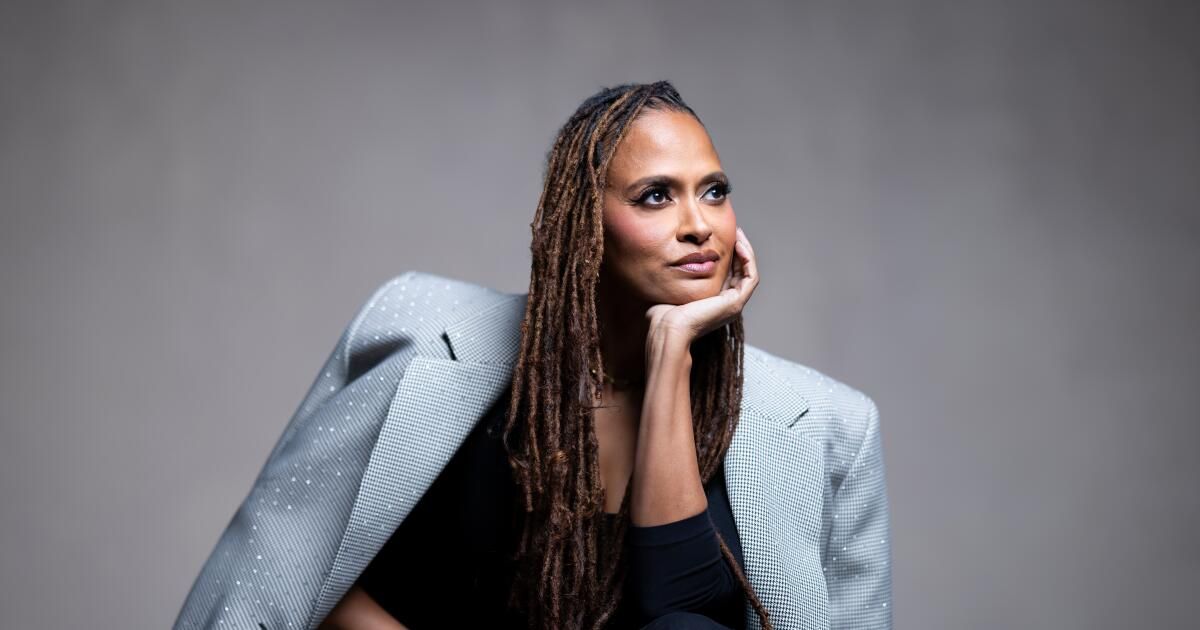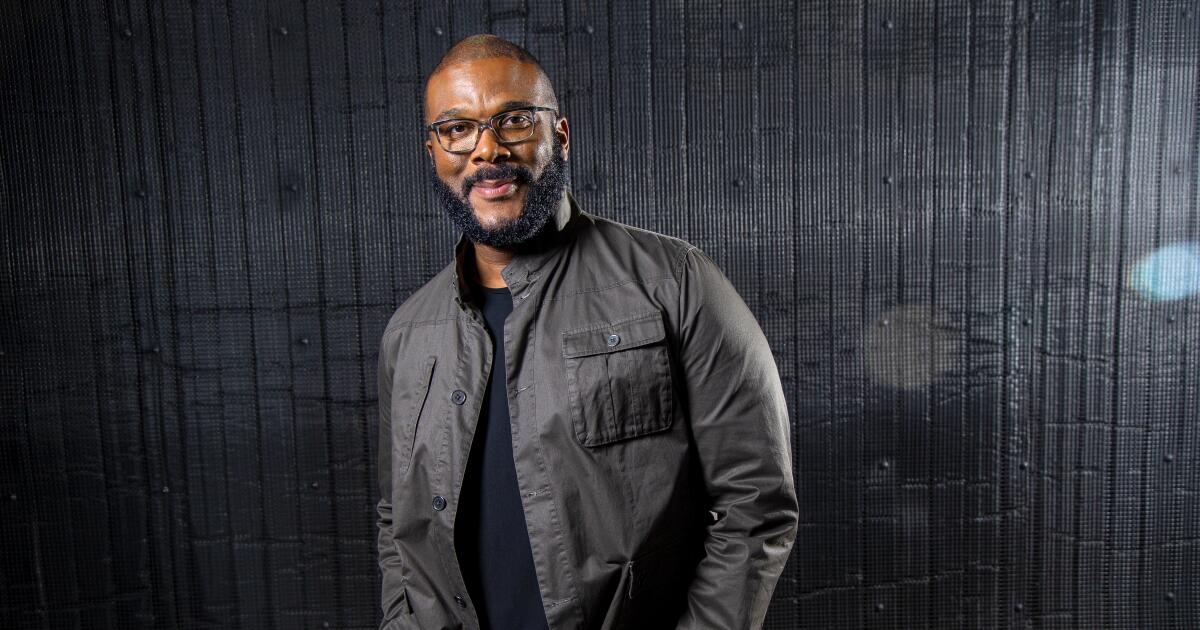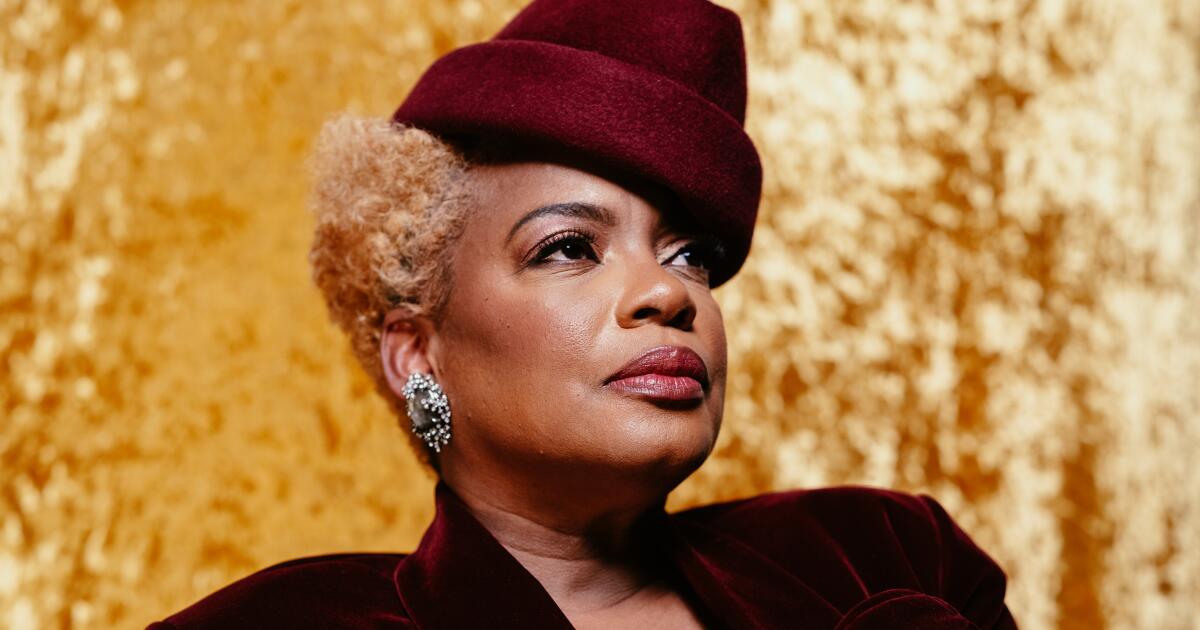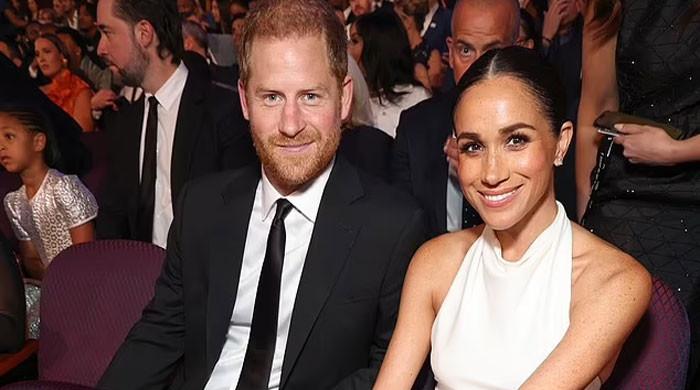A typical afternoon at Ava DuVernay's sprawling 14,000-square-foot creative headquarters in historic Filipinotown is a vibrant, bustling spectacle: The staff of the Oscar-nominated filmmaker's arts and social impact collective, Array, gather in bright, welcoming corners to discuss production, distribution and education. and public programming projects; Visitors walk across a sun-drenched courtyard toward buildings that house Array's writers' rooms, pre-production rooms, editing, and 501(c)(3) nonprofit initiatives; and DuVernay herself wanders in and out of the state-of-the-art 50-seat Amanda Cinema with her post-production team, fine-tuning her drama “Origin,” arguably the most ambitious film of her already ambitious career.
Discover the changemakers shaping every cultural corner of Los Angeles. This week we bring you The Creators, who are leaving their mark on film, art, music and more. Come back every Sunday for another delivery.
Most directors are focused on making their next film. DuVernay, 51, is building something bigger — an institution, a community, a future for underrepresented voices — as he rises through the ranks of Hollywood's biggest auteurs.
Born in Long Beach and raised in Lynwood, the award-winning writer, director, producer (“Selma,” “13th,” “When They See Us”) and Oprah's best friend has proven herself to be a maverick in the industry simply by leading by example . In 2016, her mandate to hire all the directors of her series “Queen Sugar” served as a model for making radical changes without leaving room for excuses. In 2018, she became the first woman of color to direct a $100 million live-action film with “A Wrinkle in Time.” Array Crew, created to connect underrepresented low-level talent with jobs in entertainment, is now Hollywood's largest recruiting database.
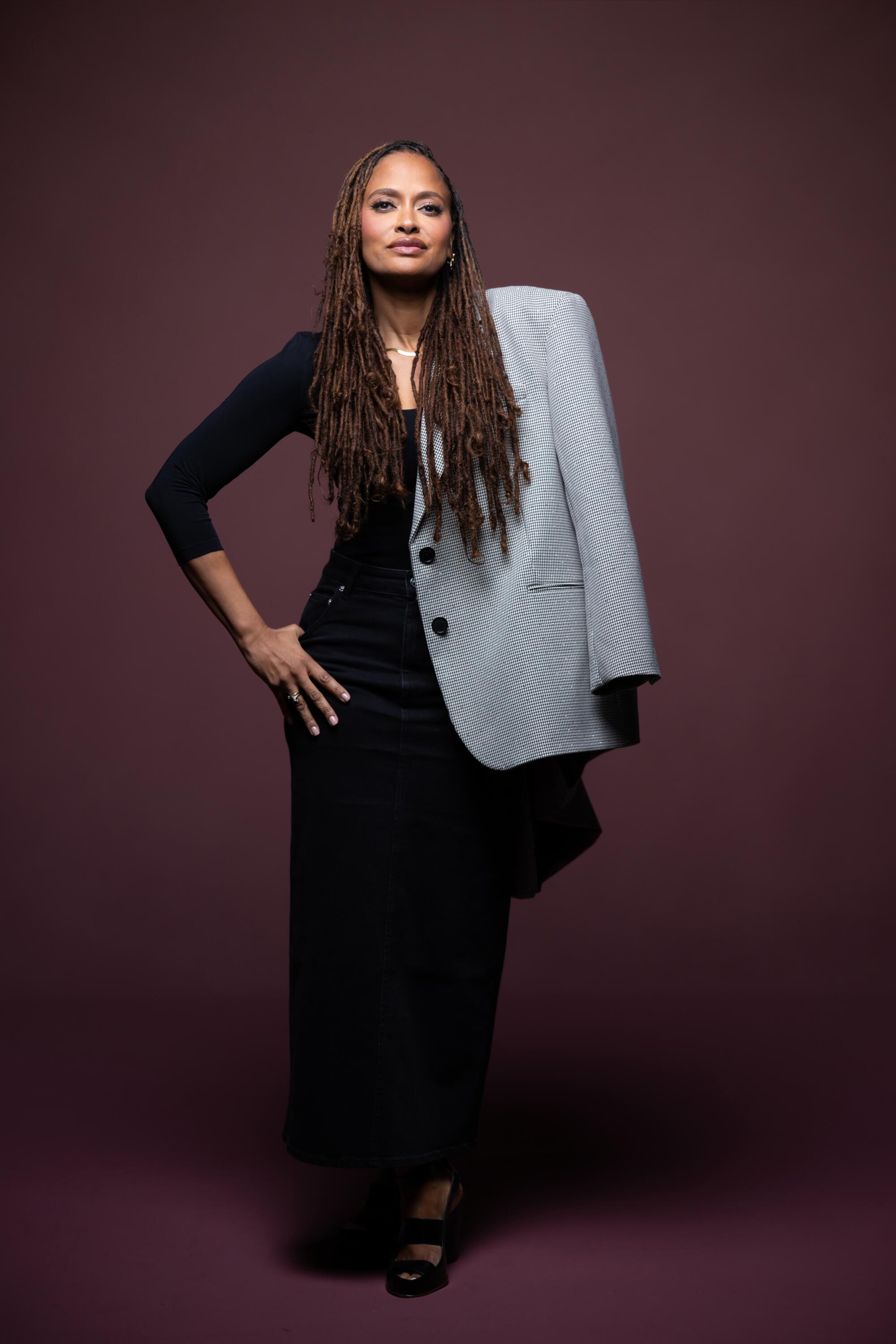
Under DuVernay's leadership, Array's collective efforts have included free screenings and film literacy guides for the public, green practices, and the launch of LEAP (the Law Enforcement Accountability Project), which brought attention to police brutality after the murder of George Floyd. They are all rooted in the desire to build community and create change.
“It started with the need to create a space where I can be safe, and for me, safety comes with community,” DuVernay said of the vision that unifies her work, from the stories of underrepresented voices she shepherds on screen to the conversations they have. inspire.
“The movement survives the film, and that's how the art survives you,” said Tammy Garnes, vice president of Array's education division, described by DuVernay as one of the company's “pillars” along with Mercedes Cooper. senior vice president of public programming, and President Tilane Jones.
“When we look at legacy organizations that endure beyond the life of their founder, that's my goal,” DuVernay said. “If I'm not here tomorrow, I hope Array, or Array's principles, or something Array did or started or meant, lasts.”

